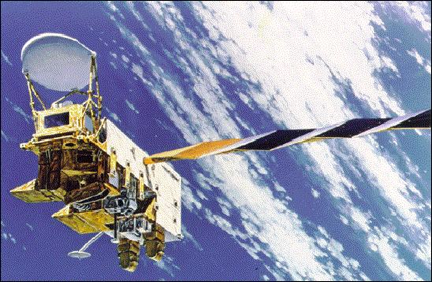Mission Specification
Aqua, Latin for water, is a NASA Earth Science satellite mission named for the large amount of information that the mission is collecting about the Earth's water cycle, including evaporation from the oceans, water vapor in the atmosphere, clouds, precipitation, soil moisture, sea ice, land ice, and snow cover on the land and ice.
Launched in a sun-synchronous orbit on May 4, 2002 Aqua is second satellite in NASA's Earth Observing System (EOS) that is equipped with the Moderate Resolution Imaging Spectroradiometer (MODIS).
Aqua is the EOS-PM satellite which together with the EOS-AM satellite let the MODIS instruments view the entire planet every 1 to 2 days. Covering a swath width of 2330 km MODIS delivers sea surface temperature, atmospheric temperature, cloud temperature, cloud altitude, water vapor, ocean color and aerosol data. MODIS sea surface temperature gridded products are available at near real time (link).

